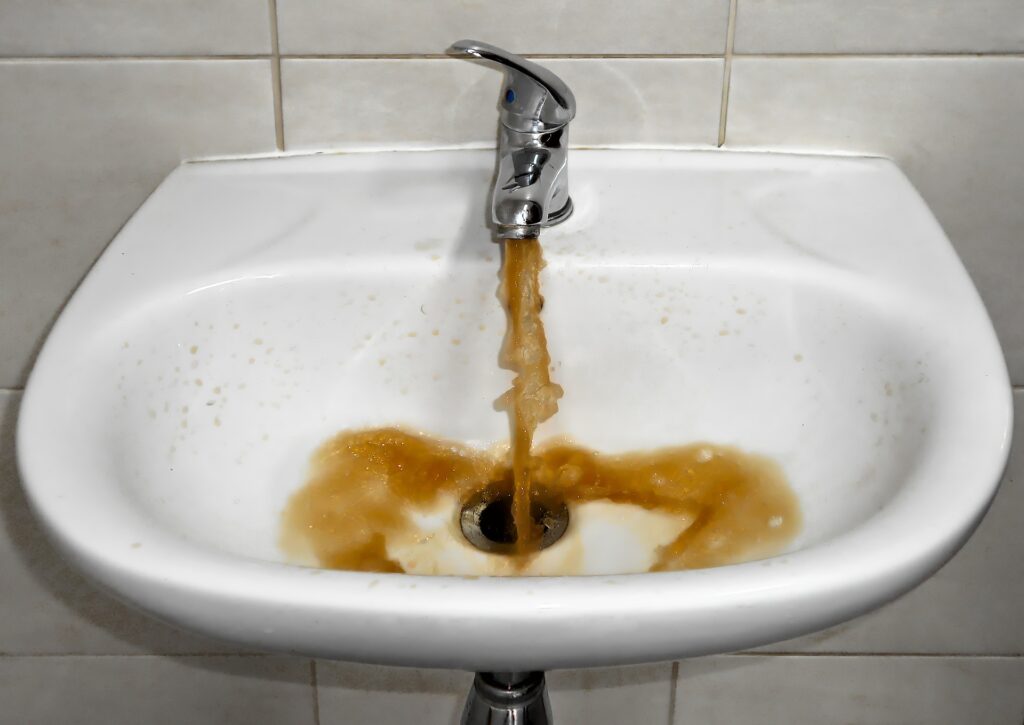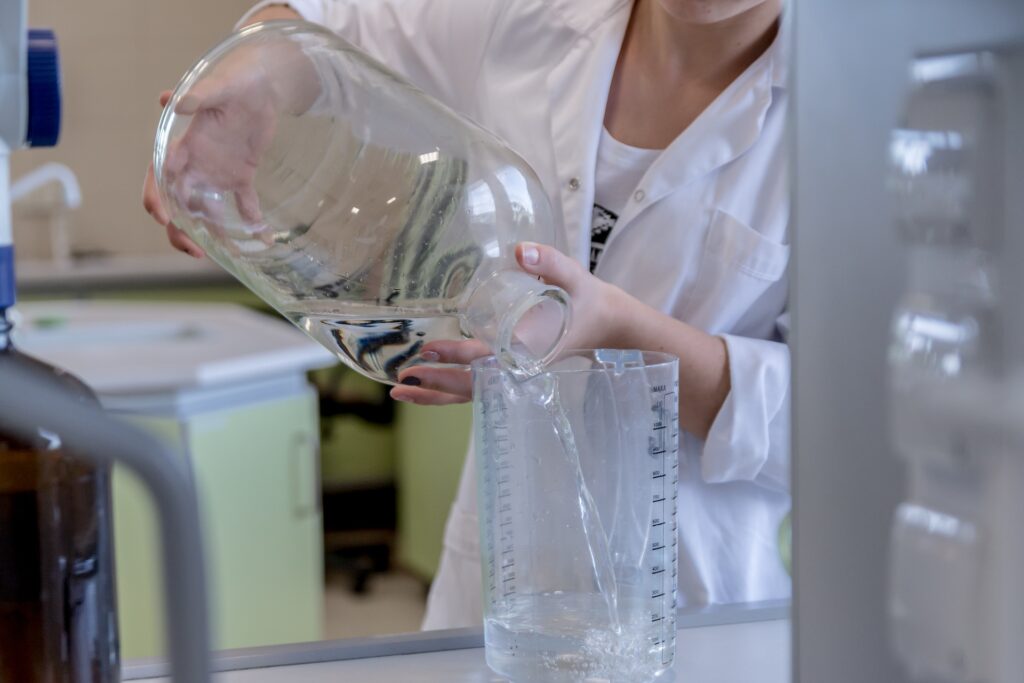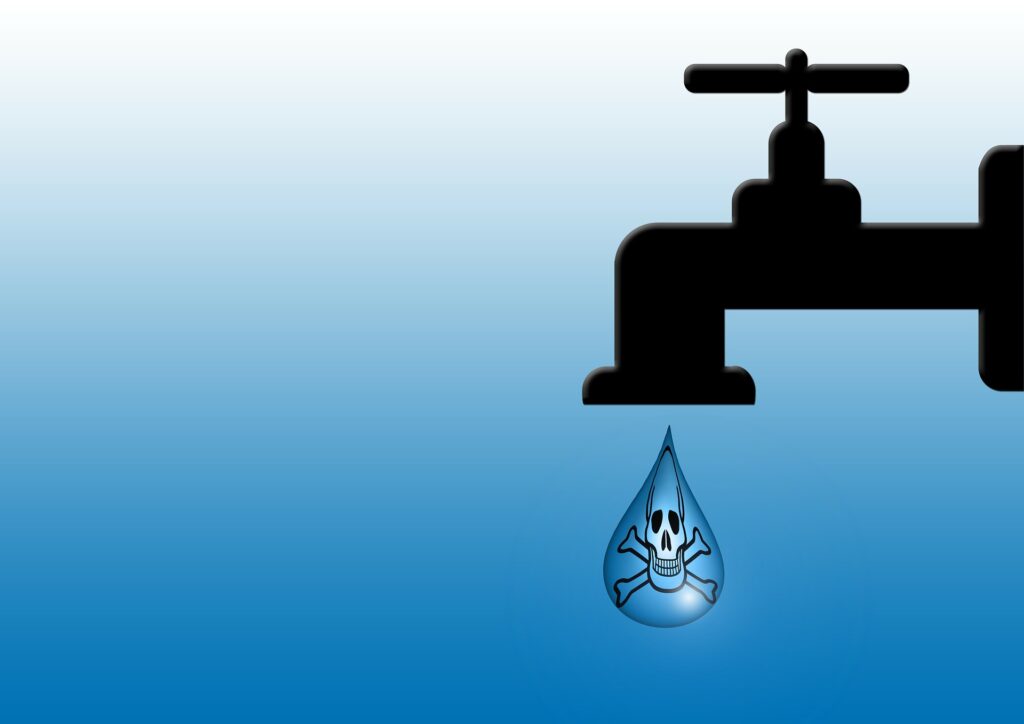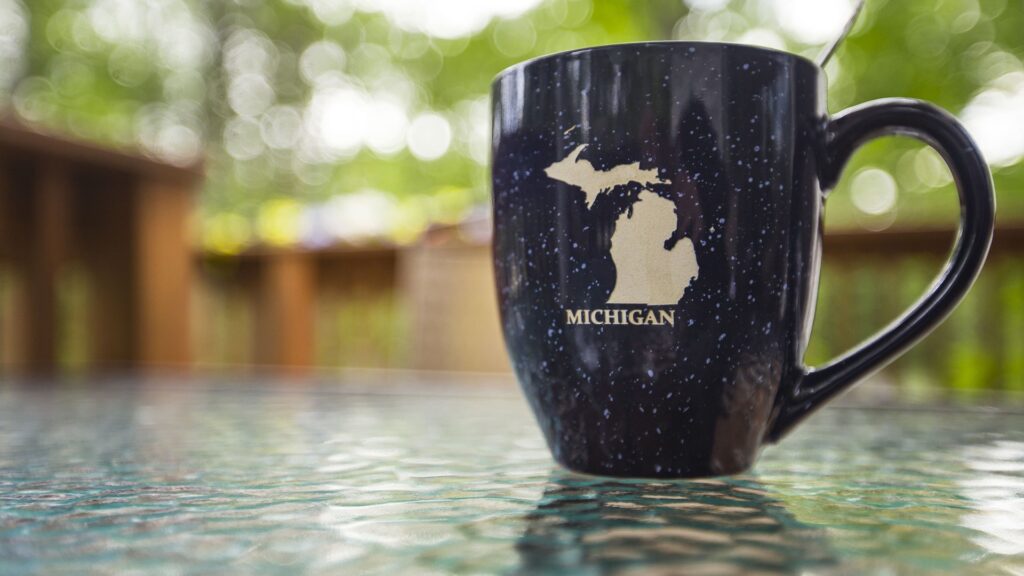Residents came across an alarming sight on December 12th. Plaster Creek was bright green near Cease E. Chaves Avenue, which borders Grand Rapids and Wyoming. Photos were taken by Steven Littell, and alerted authorities.
By the time the city of Grand Rapids got there on Monday, they had said the green color was gone. Various reporters who arrived the following day verified they saw nothing from the ordinary.
“My significant other and I were driving by, and she said, ‘Look at the creek.’ I stopped and it was fluorescent green. It was like almost glowing. So, I got out and got a couple shots,” said Steven Littell and then notified others. “I came back and checked on it for the next hour or so — it ran green for pretty close to an hour.”
“It worried me. I thought somebody was dumping something that shouldn’t have been dumped in there. It didn’t look right. This goes right to the Grand, right to Lake Michigan, so it worried me,” said Littell.
Jeff Johnston, a spokesperson from the Michigan Dept. of Environment, Great Lakes and Energy said staff inspected the creek at the specified location noted from Littell and found that the green color had already run clear.
“The color appears to have been from a dye test, likely performed near where the color was observed, and that material dissipates quickly,” said Johnston.
The maintenance superintendent for Grand Rapids Wastewater and Stormwater agreed that it looked like a green dye test to determine where water is flowing. However, the city clarified that they did not run any such test on Monday.
The mystery continues as to exactly what and who caused this water change. If you are aware of any information, please share it with the Michigan Dept. of Environment, Great Lakes and Energy, or the City of Grand Rapids at: esd@grcity.us.
For pure, clean drinking water, contact Reynold’s Water Conditioning today.
Reynolds Water Conditioning was established in 1931 and is Michigan’s oldest water conditioning treatment company. Still owned and operated by the Reynolds family, we take pride in providing the highest quality products at a cost-effective price. If your tap water lacks the quality you deserve, contact us today at 800-572-9575.
Written by the digital marketing team at Creative Programs & Systems: https://www.cpsmi.com/






